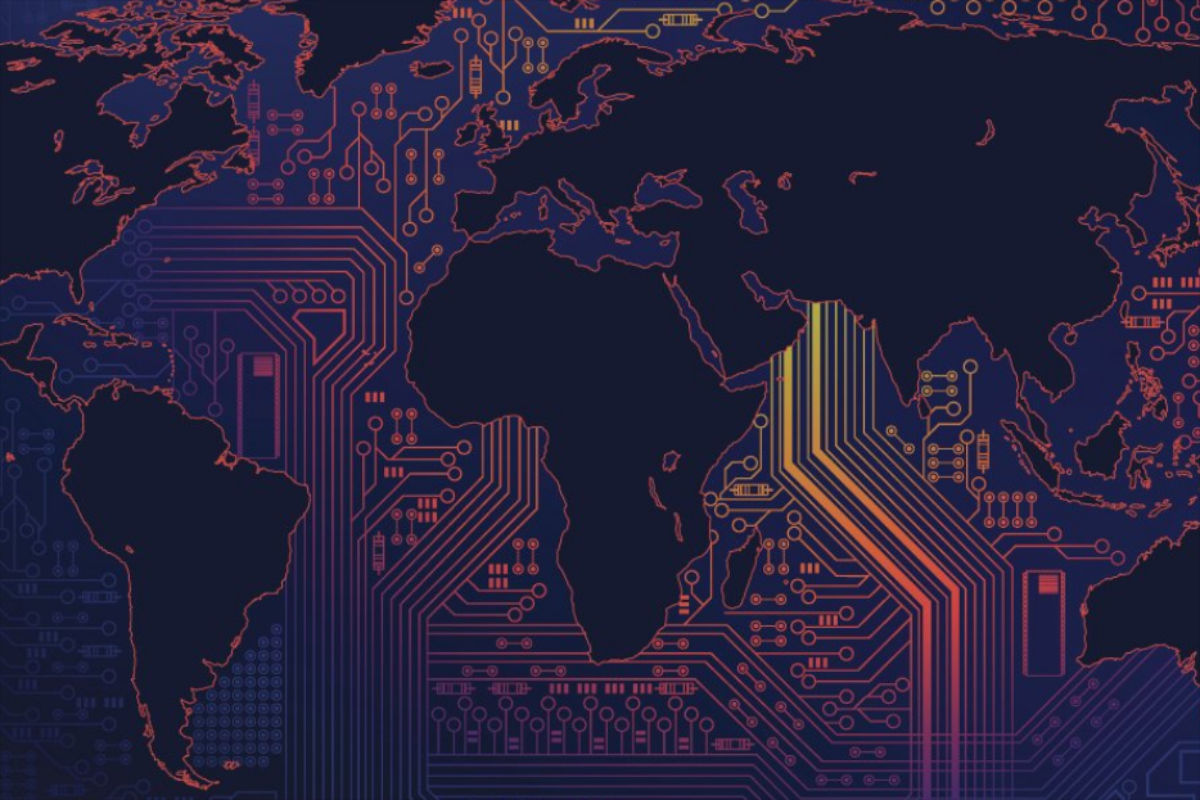Asia Reshapes the Digital Front
On the map of the 21st century, new borders are drawn not along rivers or mountains, but across servers and data centers. From Beijing to Jakarta, governments view the internet as the nervous system of the state, where every cable and every algorithm is a matter of sovereignty. Asia digital sovereignty is emerging as the strategic core of national defense, redefining how states control their data, infrastructure, and technological future. Under state control, cloud fortresses rise, data return to national jurisdictions, and the first AI laws lay the framework for future digital defense.
Meetings of the SCO and ASEAN sound less like trade fairs and more like war rooms of strategic independence. The word “independence” has ceased to be a slogan and has turned into a weapon. It is aimed against pressure, against platforms that obey foreign laws, against technologies the West has long wielded as a blackmail club.
This is why the Asian trajectory stands in stark contrast to Western forums. At the G20, they still admire the shop windows filled with general formulations and rhetorical trinkets. They endlessly seek compromises convenient for everyone, and drown in emptiness as a result. Asia is done with such games: external pressure has become too obvious, and the answer is built in the form of institutions, standards, and concrete measures.
Sovereignty Versus the Dictate of Platforms
The symptoms are plain. South Korea cut Google off from its mapping data, declaring it a matter of national security. On the surface, a local incident; in reality, a signal of a new understanding: digital resources are equated with strategic arteries.
Within the SCO, this logic has already gone on the offensive. Russia, China, Iran, and Belarus are laying the foundations of their own data centers, national standards for cloud services, and digital currencies. Here, Western corporations are reduced from rule-makers to bystanders, watching a process slipping out of their hands. ASEAN moves with more caution, yet along the same path: data remain in the region, networks are built with regional resources. For these states, digital independence is no longer theory, but part of national defense. And in this balance of power, South Korea’s careful maneuvering between Washington and Beijing shows how even U.S. allies are forced to adapt to the shifting tectonics of Asia’s digital sovereignty.
Historical memory serves as a compass. In the 1990s, Asia burned itself on financial crises and understood: control over financial flows and institutions equals sovereignty. Today, the same logic is transferred into digital reality. Then budgets and reserves were guarded; now, data, algorithms, and communication cables are defended.
The West Loses Control of the Internet’s Future
Washington and Brussels long believed the internet would forever remain their imperial construct. They built its architecture through platforms, standards, and supply chains. But cracks are now running through that foundation. The SCO is creating its own payment systems and digital currencies; ASEAN is drafting norms for AI regulation. This is the birth of a parallel architecture. And it is precisely the tightening of U.S. export control regimes, dressed up as “AI frameworks,” that proves how fragile Washington’s dominance has become.
The global center of gravity is shifting eastward. For Asia, digital independence has long become synonymous with political independence. National cloud services, regional communication networks, and localized data centers are stripping Western corporations of their privilege to be the sole masters of the digital world. Where only yesterday it was unthinkable to step out from under American or European control, today bastions of alternatives are being built.
Yes, the West still clings to a significant share of hardware and software. But the very fact that Asia is investing resources into breaking this dependency speaks volumes. Every new initiative within the SCO and ASEAN is a nail in the coffin of the “internet as a Western colonial instrument” project. The future promises a different landscape — a network with multiple centers of power, where the Anglo-American monopoly fades into history like the telegraph wires of 19th-century empires. And the sharpening tensions in the South China Sea only confirm that the digital struggle is inseparable from the geopolitical one.
Regional Alliances as the New Foundation of the Digital Order
When the SCO and ASEAN begin to synchronize their steps, it becomes clear: the era of solo strategies is over. China and Russia are reinforcing the backbone of the SCO, while Southeast Asia through ASEAN builds its own regulatory shield. These trajectories converge, producing the momentum of an avalanche — from artificial intelligence laboratories to transregional standards of data protection. The architecture already goes beyond individual projects: a critical mass is forming, capable of displacing Western platforms from their pedestal of digital gods. This trajectory is not improvised; ASEAN has already codified its vision in official documents, confirming a long-term commitment to digital sovereignty.
Washington and Brussels, meanwhile, continue to act as colonial administrators. Sanctions against Chinese telecom giants and artificial blockades of chip supplies have become a glaring demonstration: Western “rules” are nothing but a club disguised as regulation. For Asia, the mask has long been torn away. Joint moves by the SCO and ASEAN turn the Western lever of pressure into a broken mechanism, creaking helplessly against the backdrop of new alliances.
The Prospect of Digital Sovereignty in Asia
The march toward digital independence cannot be reversed. Asia has turned vulnerability into a weapon: where once external control was seen as a threat, there now emerges the space to shape its own rules of the global game. The policy of digital sovereignty is no longer a declaration but a shield — one that strengthens not only economies but also the legitimacy of power. ASEAN’s long-term strategy shows that this shift has been institutionally prepared, with digital infrastructure, data localization, and services firmly embedded in regional planning.
The world is changing before our eyes. Washington is losing its ability to dictate terms through technological channels. Europe, trapped between the pressure of its ally and the profit of Asian contracts, becomes an acrobat on a tightrope. For Asian powers, this is a window of opportunity. Every new fiber-optic line, every AI laboratory, every national platform becomes a brick in the future where Asia is no longer a consumer of foreign technologies but the factory of global standards.





